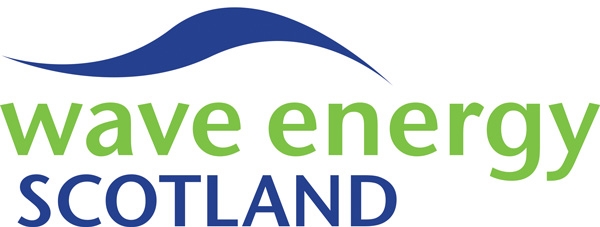Lead contractor
Wave Energy Scotland Ltd
Overview
As part of its attendance at EWTEC in 2023, WES presented in the main conference programme. The topic of the paper was the initial development of a versatile wind-wave platform, featuring multiple wave absorbers. This is work is currently ongoing, with small-scale physical testing and numerical modelling planned to give insight into the absorber interactions and the optimum arrangement on a platform structure.
The paper which supported the presentations is available.
MWAP design, modelling and testing - EWTEC 2023
September 2023
The subject of this paper is the development of physical and numerical models and a tank test programme to investigate the performance of a multi wave energy absorber platform (MWAP).
The platform is inspired by the proposed designs for large scale platforms to be used for floating offshore wind (FOW). The modular design of the physical model enables a variable number of absorbers to be mounted to the platform, with up to 9 absorbers tested simultaneously. The absorbers used are a simplified version of a submerged pressure differential device, with each absorber incorporating a set of mechanical springs to approximate the response of the real internal air spring.
Physical model tank tests will be undertaken during 2023, utilizing a range of environmental conditions representative of those at an exposed site on the west coast of Scotland, leased through the ScotWind programme and which has an appropriate water depth and wave resource for large scale wave energy exploitation. Measurements taken during physical model testing will be used to validate numerical models of the MWAP and will allow subsequent investigation of key drivers of annual energy performance, exploring platform configuration options not tested in the wave tank.
The motivation for this project, design considerations and balance between tank scale & full-scale design requirements are discussed, along with the implications of the limitations and assumptions made during the physical and numerical modelling work, and finally the next steps for utilisation of the tools beyond the scope of this project.

